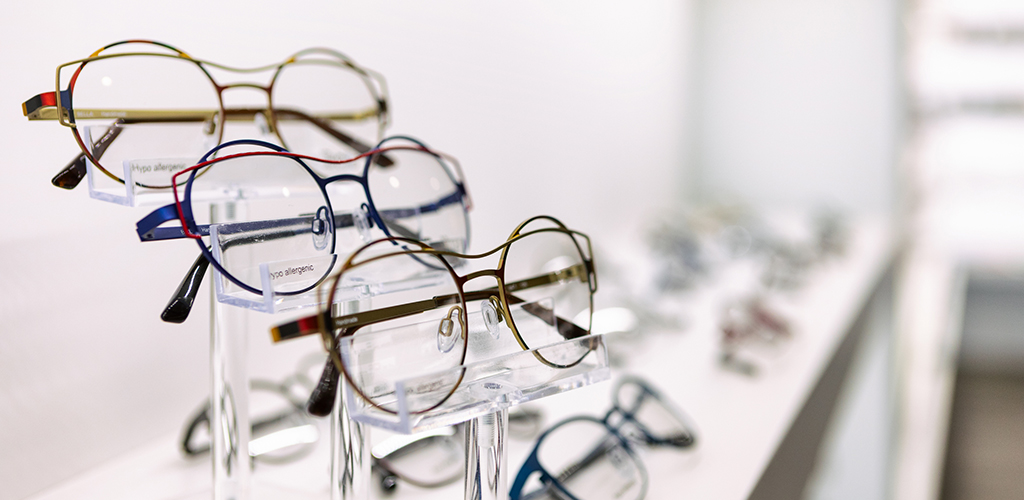Just the thought of buying eyeglasses for your child can make you want to pull your hair out. First, there is the initial selection to consider. Second, you must consider what your child is willing to wear. Third, which eyeglasses will be the most durable?
Then there is the pressure from your child, who is likely more worried about what the other kids might say and if their glasses look cool to others.
We’ve seen how stressful this process can be. Don’t worry, we’re here to help make it a lot smoother for everyone involved.
As noted by Liz DeFranco of AllAboutVision.com, there are other variables to this journey such as what kind of glasses are needed (near- or farsighted) and how often will they be worn.
Here are DeFranco’s 10 items to consider when buying kids’ eyewear.
1. Lens Thickness
It’s important to consult with the optician about the eyeglass prescription before looking at frames. Stronger lenses are likely going to be thick, so it is important to keep the frames as small as possible to reduce the final lens thickness.
2. Fashion
Sadly, other kids might comment with either nice compliments or unnecessary jokes about your child’s eyeglasses. It is important your child is comfortable with his/her new specs so don’t let them choose ones that you think might be a cause for concern with other kids later.
The goal is to get your child to wear the glasses.
3. Plastic or Metal
Children’s frames are made of either plastic or metal. Boys’ frames have double bridges while girls’ frames have single frames, which can also be unisex.
Plastic frames in the past were considered a better choice for children because they were more durable, less likely to be bent or broken, lighter in weight and less expensive.
Now manufacturers are creating metal frames to incorporate these features as well.
Also, ask for hypoallergenic materials if your child has shown sensitivity to certain substances, such as nickel.
4. Proper Bridge Fit
Children’s noses aren’t fully developed which makes this a tough part of the consideration process. They don’t have a bridge to prevent plastic frames from sliding down, but metal frames are usually made with adjustable nose pads to fit everyone’s bridge.
5. Temple Style
Temples that wrap all the way around the back of the ear, called “cable temples,” help keep glasses from sliding down or falling off your child’s face completely.
Another option is a strap that goes around the head.
6. Spring Hinges
A nice feature to look for is temples with spring hinges because kids aren’t always careful when they put on or take off glasses. Spring hinges can prevent the need for frequent adjustments to be made to the glasses.
7. Lens Material
Children’s lenses should be made of polycarbonate or a material called Trivex because the lightweight materials are more impact-resistant than other lens materials. They are also lighter in weight, have built-in protection from damaging UV rays, and are scratch-resistant coated by the manufacturer.
The least desirable material is glass. It must be treated for impact resistance, but it still shatters when it breaks which can be hazardous to the eye.
8. Sports Eyewear
If your kid plays sports, a proper sports goggle with polycarbonate lenses will provide the best protection against an eye injury. These goggles also must be fitted properly.
9. Warranties
If your child is a toddler or a first-time wearer, opt for a warranty if it’s offered. Not all warranty plans are the same, but it can be useful in case the eyewear needs to be replaced or fixed.
10. Backup Pair
It’s always good to have a backup pair of glasses because kids aren’t always the gentlest being to their belongings. Another pair might be best especially for those with strong prescriptions and wouldn’t be able to function without their glasses.
Ask your optician if special discounts apply for second pairs, especially if they’re purchased at the same time as the primary pair.

